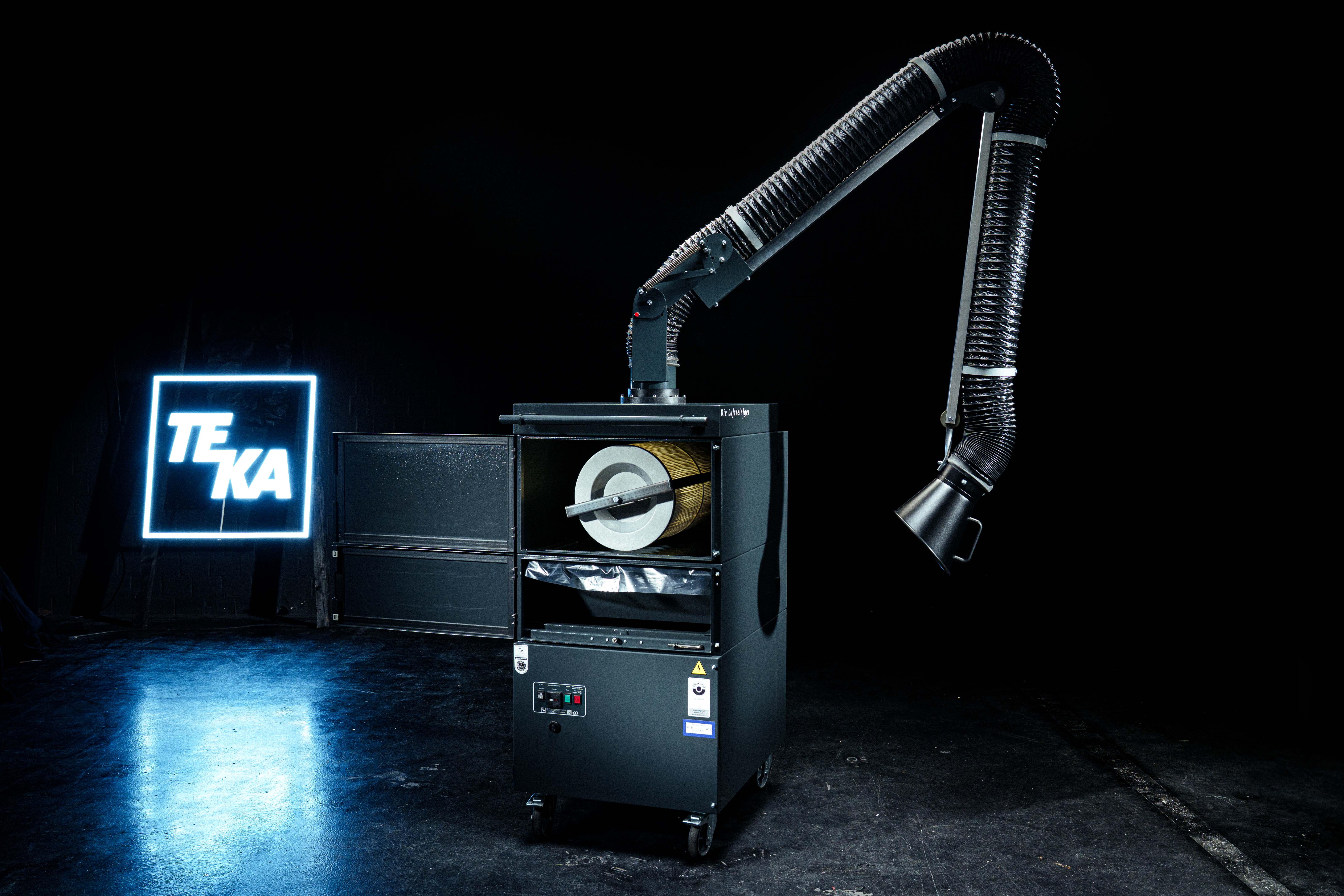
Welding fume extraction for maximum safety
Our systems protect people and machines – directly at the source. Efficient, robust and tailored to your industry.
Request consultationClean air - directly at the source.
Welding produces emissions that are hazardous to health and must be captured in a targeted and effective manner. Our welding fume extraction systems are designed precisely for this purpose - robust, well thought-out and tried and tested.
In today's working world, clean air is not a luxury, but a necessity. Welding emissions and other airborne pollutants jeopardise the health of your employees and can impair productivity. That's why we at TEKA develop extraction systems that work precisely at the point of origin - customised to the requirements of industry and trade.
Built for Industry & Craft
- ✓ Durable quality for continuous use
- ✓ Engineered in Germany – manufactured in DE & EU
- ✓ Maximum air purity standards
- ✓ Personal expert advice included
Matching Replacement Filters
Original filters for maximum performance and long service life – perfectly matched to your TEKA system.
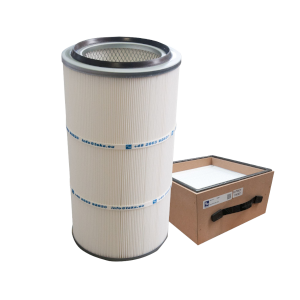 Order replacement filters now
Order replacement filters now
TEKA Product Catalogs
All solutions at a glance: Browse our catalogs online or download selected PDF files.
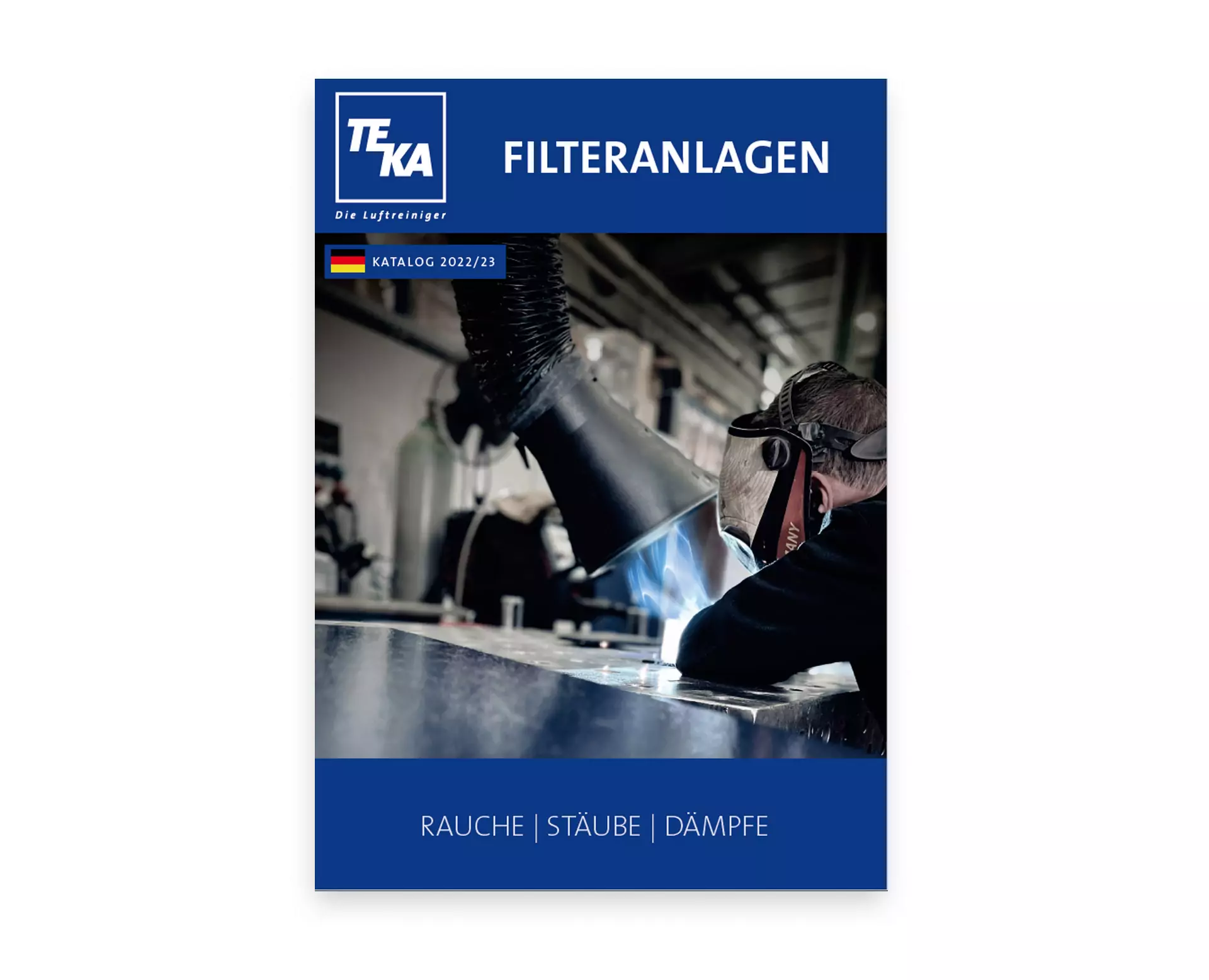 View catalogs
View catalogs
angular 300 x 360 mm, PVC, black
for mobile/stationary filter units
internal joints, 1,20 - 2,06 m incl. accessories
Automotive, mechanical engineering, chemical industry – TEKA systems are used daily across a wide range of industries
Our extraction and air purification solutions meet the highest standards for occupational safety, efficiency and environmental responsibility. Numerous renowned companies – from mid-sized firms to global technology leaders – rely on our experience and quality.
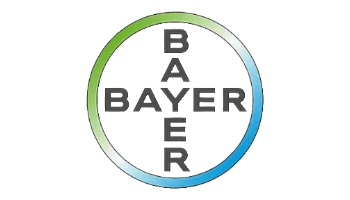


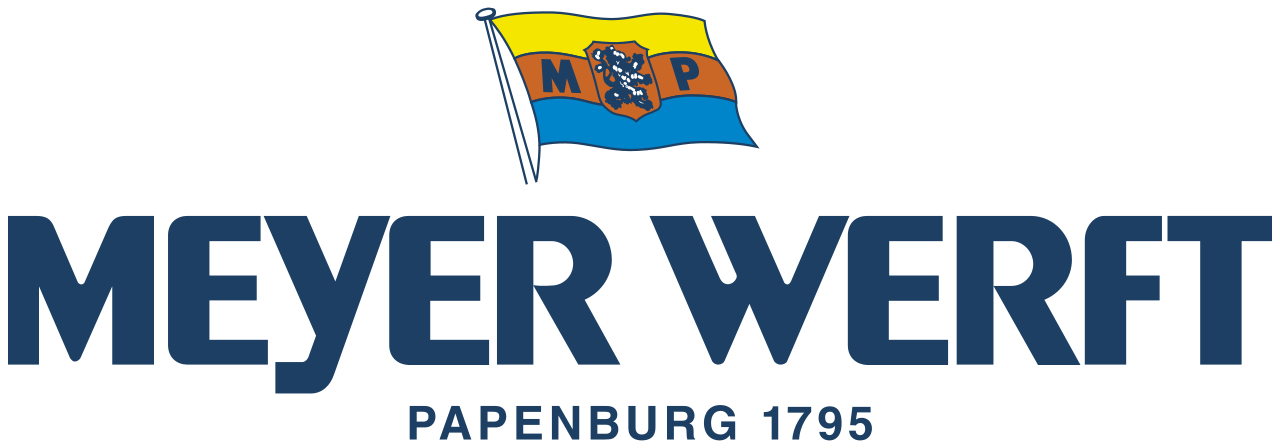

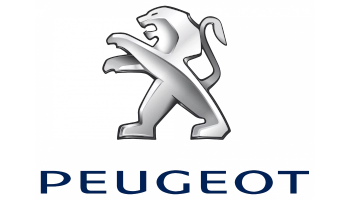
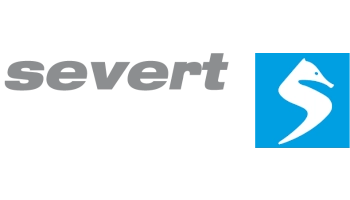

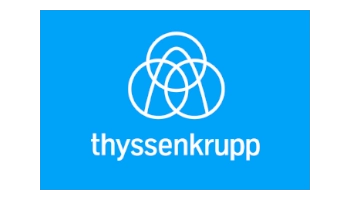

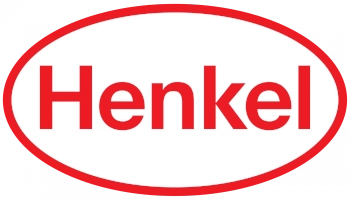











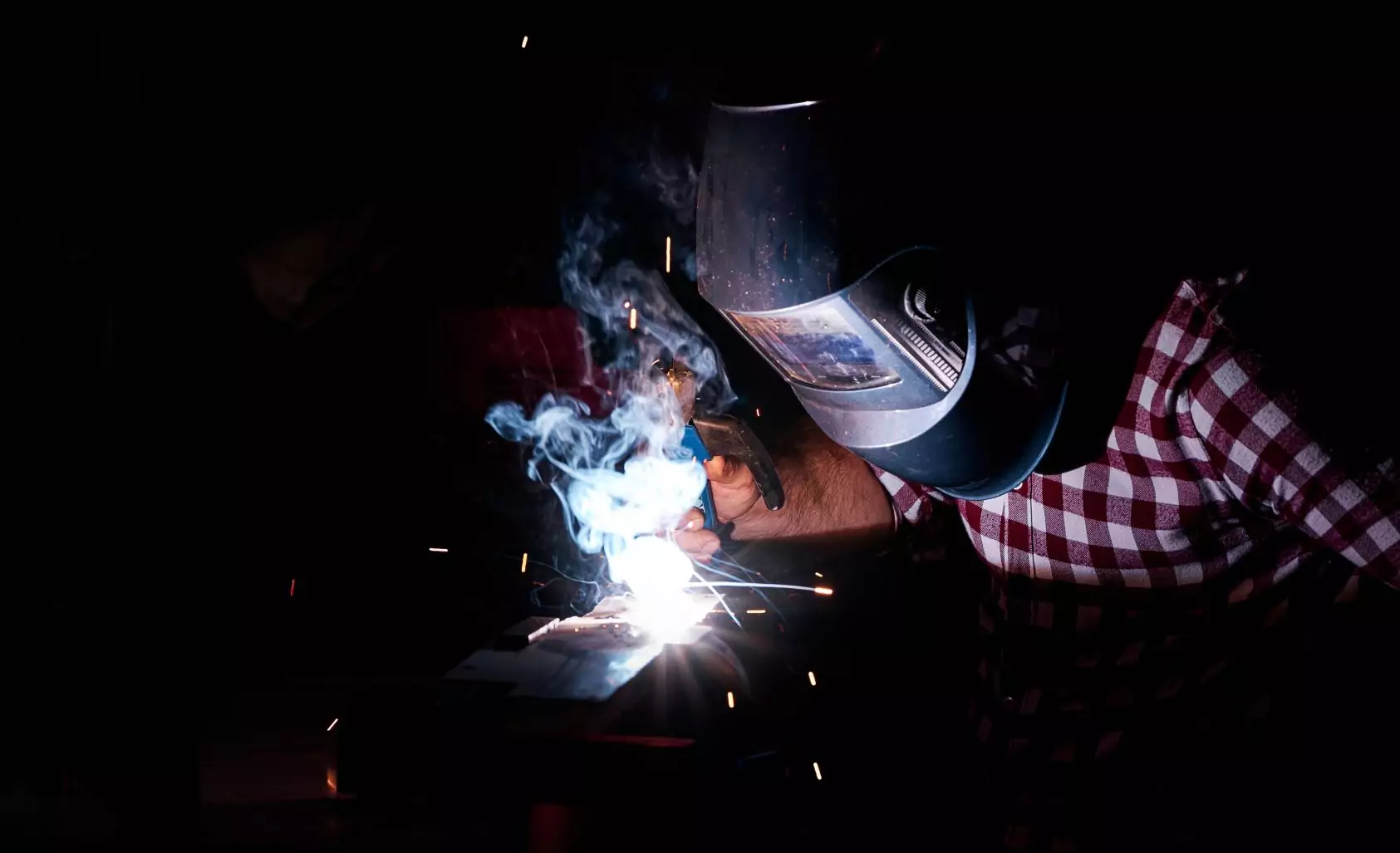
Welding fume extraction: Your filter for a clean and safe working environment
Working with metals presents many challenges, one of which is the generation of welding fumes. This fume, which is produced during welding processes, contains a variety of pollutants, including fine dust, heavy metals and toxic gases. When inhaled, these can penetrate deep into the lungs and cause serious health problems, such as respiratory diseases, cardiovascular problems and even cancer. In addition, welding fumes can affect the quality of your products by causing contamination and corrosion, which can lead to rejects and rework.The invisible danger: welding fumes and their effects
Welding fumes consist of a complex mixture of gases and fine particles that are produced during the welding process. Depending on their size, these can penetrate deep into the lungs and cause serious health problems.
- Respiratory diseases: Bronchitis, Asthma, Lung cancer
- Cardiovascular diseases: Heart attack, Stroke
- Nerve damage: Headaches, Dizziness, Concentration problems
- Skin irritation and allergies
The size of the particles is crucial:
- > 10 µm: Larger particles are usually caught in the upper respiratory tract (nasal mucous membranes and throat) and coughed up.
- 4.7 - 5.8 µm: Particles of this size reach the larynx.
- 3.3 - 4.7 µm: These particles enter the trachea and main bronchi.
- 1.1 - 3.3 µm: Secondary and tertiary bronchi are affected.
- < 1.1 µm: The smallest particles, so-called fine dust particles, can penetrate into the alveoli (pulmonary alveoli) where they can cause inflammation and long-term damage.
In addition, welding fumes can also affect the quality of your products by causing contamination and corrosion.
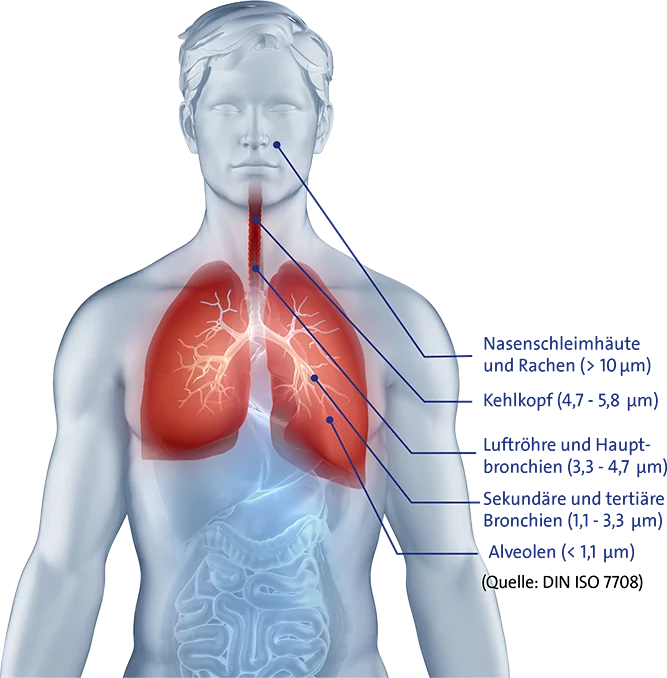
Effective extraction: protection for man and machine during welding
A professional extraction system, often equipped with a flexible extraction arm, removes harmful substances during welding directly at the source, preventing them from spreading into the working environment. This not only protects the health of your employees, but also creates a more pleasant and productive working atmosphere.
Modern welding fume extraction systems are characterised by the following features:
- High extraction performance: They capture welding fumes effectively and reliably, even for large welding jobs.
- Flexible application options: Both mobile welding fume extraction systems and stationary extraction systems can be used. This means they can be customised to your individual requirements.
- User-friendly operation: They are easy to install and maintain and enable intuitive control.
- Durable and robust construction: They are designed for use in demanding industrial environments and guarantee a long service life.
Welding and cutting: Extraction units and filter systems for clean air
The capture and separation of welding fumes is crucial for health protection in the workplace. Extraction units and filter systems play a central role here.
Extraction units ensure that that the welding fumes produced are captured and extracted directly at the source. This prevents harmful particles from being dispersed in the air and inhaled by employees. There are different types of extraction units, such as mobile extraction arms or stationary extraction bonnets, which can be selected according to requirements and area of application.
Filter units clean the extracted air of harmful welding fume particles. Various filter technologies are used for this purpose, such as HEPA filters or electrostatic precipitators. The choice of the right filter device depends on the type and quantity of welding fumes as well as the legal requirements.
The Institute for Occupational Safety and Health of the German Social Accident Insurance (IFA) provides extensive information and recommendations on welding fume extraction. At TEKA you will find a large selection of ge tested and certified products,that comply with current technical regulations and standards.
TEKA your partner for professional welding fume extraction
Looking for a customized extraction solution? We offer personal consultation.
Whether for welding stations, production halls or special applications – we support you in choosing the right extraction system.
Use the inquiry form and our team will get back to you with a tailored recommendation.
FAQ – Your questions about welding fume extraction
Why is welding fume extraction important?
Welding produces hazardous gases, vapors and ultrafine particles. Without extraction, these enter the breathing air and endanger workers’ health. Professional extraction ensures workplace safety and a clean environment.
What types of welding fume extraction systems are available?
Options include mobile units, extraction arms, stationary filters and central systems. The best choice depends on workspace, welding process and emission levels.
How do I choose the right system for my facility?
The selection depends on factors like workspace size, number of stations, processes used and flexibility needs. Our experts will guide you to the best solution.
What regulations apply to welding fume extraction?
In Germany, TRGS 528 and workplace safety regulations apply. These require capturing harmful substances as close as possible to the source. IFA and W3 certifications are essential for safe operation.
How often should welding extraction systems be maintained?
Maintenance depends on usage. Filters should be inspected and replaced regularly. Many units feature digital service indicators.
Which filter classes are used?
Filter classes vary depending on application – e.g. ISO 16890 or IFA W3 for stainless steel welding. TEKA uses multi-stage filters to ensure effective particle removal.
How loud are the extraction units?
Modern units operate between 60 and 75 dB(A) – similar to conversation or a vacuum cleaner. Quieter models are available for noise-sensitive areas.
Can systems be retrofitted or rented?
Yes, many TEKA units are modular and can be integrated later. We also offer rental units for temporary use or training environments.
Are there subsidies or funding options?
Depending on sector and region, funding may be available via BAFA, BG BAU or state programs. We support you with advice on eligible products and application processes.
